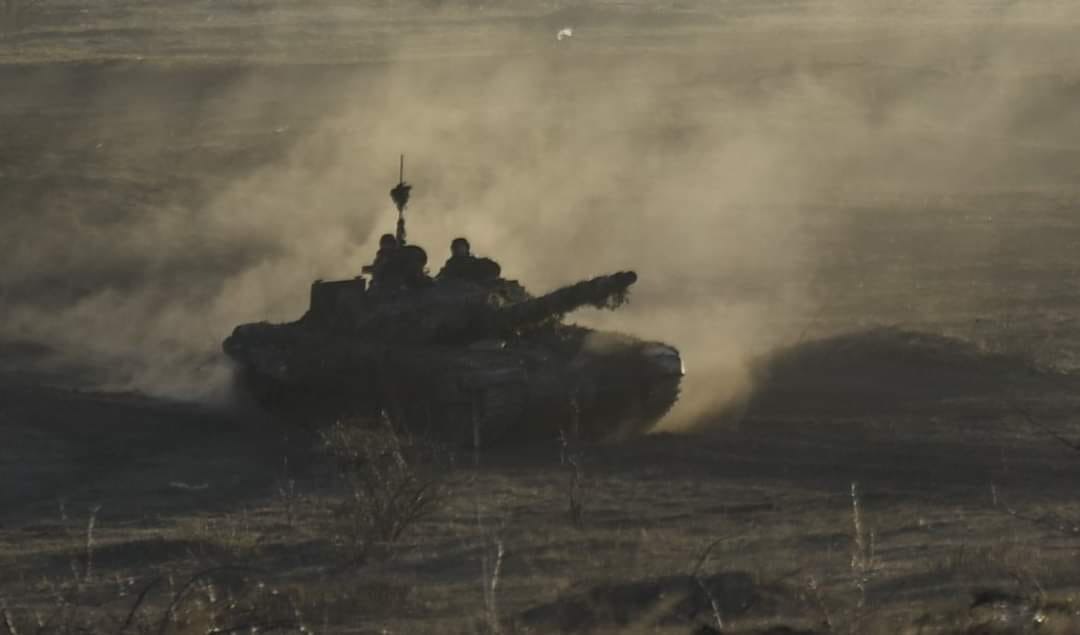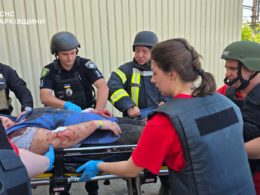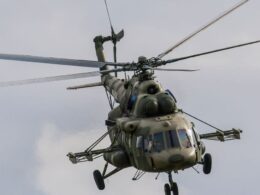A new report by the Institute of Study of War (ISW) said that the fact that Russian forces are quickly advancing in Vovchansk and have destroyed multiple bridges, indicating they prioritize creating a "buffer zone" rather than penetrating deeper into Ukrainian territory.
On 10 May, Russian invaders began a new wave of offensive actions in the north of the Kharkiv region. At least by 7-8 am, heavy fighting was taking place in that direction, as confirmed by the President of Ukraine, Volodymyr Zelenskyy.
Two days later, Russians attacked bridges over the Vovcha River near Vovchansk and continued targeting bridges and logistics lines within the city, reportedly leaving Ukrainian forces with only two usable bridges.
The reason behind Russian forces targeting bridges needed for crossing the Vovcha River, crucial for logistics in northern Kharkiv Oblast, remains unclear. These strikes imply that Russian forces might prioritize immediate gains in less fortified areas of northern Ukraine than deeper offensive operations.
Russian forces reportedly deploying armor in the area indicate their intent for swift advances. However, they seem to avoid setting conditions for these advances to extend to the southern side of the Vovcha River.
Ukrainian and Western officials recently revealed Russian plans to create a 10-kilometer buffer zone in Kharkiv Oblast. ISW analysts have pointed out that this zone would place Russian forces within striking distance of Kharkiv City with tube artillery while also relocating key Russian logistics centers out of range of Ukrainian artillery.
Recently, a Ukrainian battlefield commander expressed concern that Ukrainian fortifications in northern Kharkiv Oblast are not situated directly along the international border. This strategic gap has facilitated the swift and relatively limited advance of Russian forces into Ukrainian territory.
- UK intel: Russia unable to capture Kharkiv City without deploying more forces
- Ukrinform: Zelenskyy told Blinken Ukraine needs two Patriots to protect Kharkiv Oblast skies
- Gen. Budanov: Russia may launch an offensive on Sumy Oblast
- Top brass change for Ukraine’s Kharkiv contingent amid Russia’s offensive on the region
- Zelensky says “brutal fighting” takes place in the Kharkiv’s border villages, warned about Russian information operations





